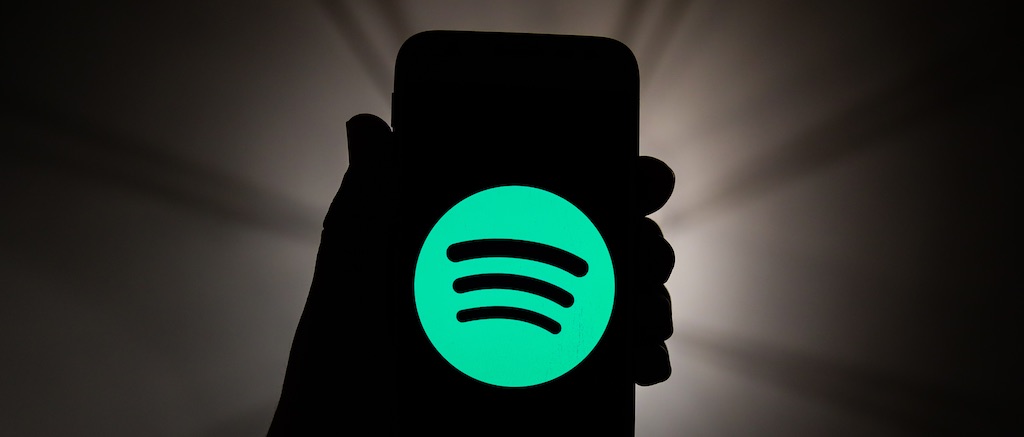
It’s well known that the music industry has been leaning heavily on digital platforms in recent years. The advent of streaming services like Spotify and Apple Music has fundamentally shifted the way music is released. But, surprisingly, analog platforms like radio and turntables have continued to dominate. Now, that has all changed: For the first time ever, the majority of people listen to music on digital devices.
According to a “Share Of Ear” study from Edison Research, the pandemic lockdown caused a significant shift in the way people listen to music. Edison Research began documenting numbers in 2014, and their last report found 55 percent of the total daily time spent listening to music in the US was done on traditional devices like radios, turntables, CD players, and TV channels. But after the onset of the pandemic, the statistics shifted. Now, 53 percent of the total daily listening time was done on digital devices like phones, laptops, internet-connected TVs, and smart speakers.
While the numbers for digital devices have been slowly increasing for years, they saw an impressive 8-percent jump during the pandemic lockdown. Edison Research hypothesizes that “the shift away from in-car and at-workplace listening to at-home listening” is what contributed to the enormous increase. According to Director of Research Laura Ivey, the numbers could very well return after the lockdown is lifted. “Digital surpassing non-digital was almost inevitable, according to the slow trend we saw in Share Of Ear,” Ivey said. “It appears that these disruptions may have just accelerated the process. We will have to wait to see if the numbers revert more closely to what they were before the disruptions.”
Read the full study here.
